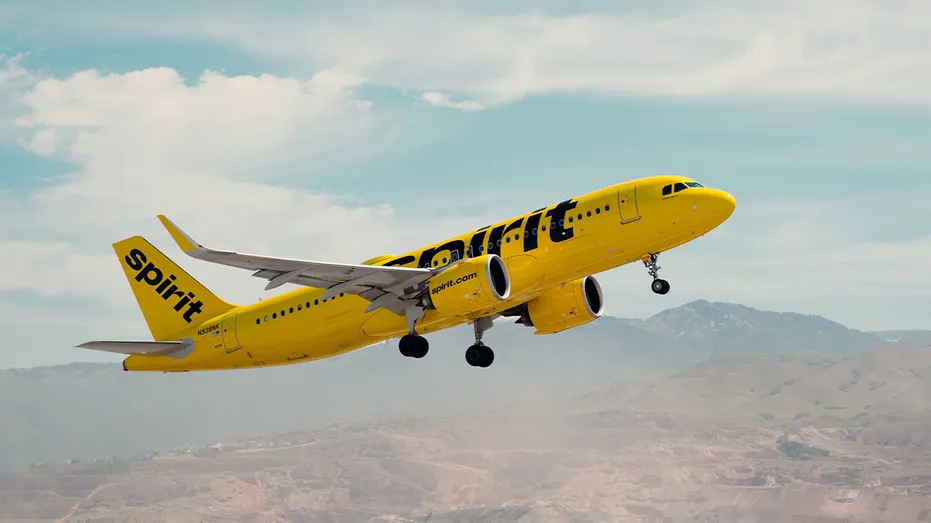Spirit Airlines Files for Bankruptcy Amid Mounting Losses and Failed Merger Attempts
Spirit Airlines, the low-cost carrier renowned for its no-frills approach to air travel, has filed for Chapter 11 bankruptcy protection, marking the first such filing by a major U.S. airline in over a decade. The announcement comes after years of financial losses exacerbated by a failed merger with JetBlue and the lingering effects of the pandemic on the travel industry.

The Florida-based airline has struck a prearranged deal with its bondholders to restructure its debt and secure $300 million in financing to support its operations throughout the bankruptcy process. Spirit Airlines expects to emerge from bankruptcy by the first quarter of 2025. Despite the filing, the airline has assured passengers that it will continue to operate as normal, honoring tickets, credits, and loyalty points.
emphasized the airline’s commitment to maintaining service during this transitional period. “The most important thing to know is that you can continue to book and fly now and in the future,” Christie stated, expressing confidence in the airline’s long-term plan.
Spirit Airlines has faced significant financial difficulties since the onset of the COVID-19 pandemic. The airline has not posted a full-year profit since 2019, with losses exceeding $2.5 billion since 2020. The first half of 2023 alone saw losses of approximately $360 million.
Key challenges include rising operational costs, competition in the budget travel market, and declining revenue per mile from fares. Additionally, engine recalls and mechanical issues have forced Spirit to ground numerous aircraft, further straining its finances.
In an attempt to adapt, Spirit shifted its pricing strategy this summer, introducing bundled fares that include perks like larger seats, free bags, and onboard internet. However, analysts suggest that this move came too late to capitalize on evolving market demands.
Spirit’s attempt to merge with JetBlue, valued at $3.8 billion, was blocked earlier this year by a federal judge who cited concerns over reduced competition in the budget travel market. This decision followed a failed 2022 merger attempt with Frontier Airlines, leaving Spirit with limited options for financial recovery.
To stabilize its finances, Spirit has outlined plans to sell 23 older aircraft for $519 million and implement cost-cutting measures totaling $80 million by early 2024. These measures will include workforce reductions, though specifics have yet to be disclosed.
The airline has also announced a 20% reduction in its October-to-December flight schedule compared to the same period last year. While this move is intended to boost fares, analysts warn it may inadvertently benefit competitors like Frontier, JetBlue, and Southwest, which overlap with Spirit on many routes.
Originally founded in 1964 as a trucking company, Spirit pivoted to aviation in the 1980s and became a pioneer in ultra-low-cost air travel. By forgoing traditional amenities, the airline attracted budget-conscious travelers seeking affordable options. However, the changing dynamics of the travel industry have proven challenging for Spirit’s traditional business model.
Despite its current struggles, Spirit Airlines remains optimistic about its future. “We expect to complete this process… and emerge even better positioned to deliver the best value in the sky,” the company said in a statement.
As the seventh-largest U.S. airline, Spirit’s bankruptcy signals a critical juncture not only for the company but for the budget travel sector as a whole. While Spirit Airlines navigates its restructuring, passengers and industry observers alike will be watching closely to see how the airline adapts to secure its place in a highly competitive market.

